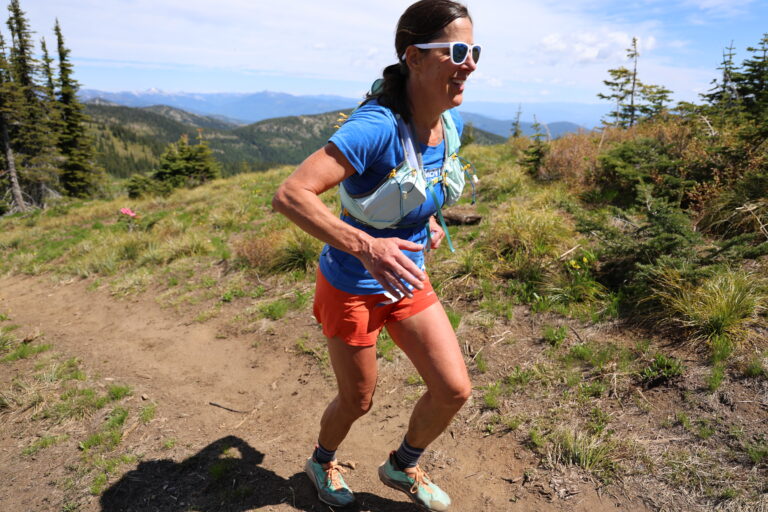Running Dry: A Journey From Source To Sea Down The Colorado River
Jonathan Waterman
National Geographic, 2010, 305 pages
Many of us know Jonathan Waterman as the kayaker who paddles around in arctic waters. In Running Dry Waterman takes on a different kind of journey down his local stream, the Colorado River. From the headwaters below Longs Peak in the Rocky Mountain National Park, Waterman follows the river on foot, in kayak and raft all the way to its disappearance into the sand of the Colorado Delta north of the Sea of Cortez in Mexico. While the journey does entail elements of adventure and even danger, it is primarily a journey of learning.
Waterman’s main purpose is to acquaint the reader with the many water use issues prevalent in the Colorado Basin. He deals with the inter-basin transfer of water from the upper Colorado across the Rockies into rivers headed for the Gulf of Mexico. He describes how the Colorado River compact of 1922 allocated water based on an abnormally high flow period, and how continuing to use this allocation formula is unsustainable and is creating both environmental and economic disasters in the basin. He discusses the negative effect of evaporative losses from large reservoirs like Lake Powell and Lake Mead, and how those losses effectively negate the benefits of the reservoirs.
The most interesting element of the book is its in-depth portrayal of the characters of the river. Waterman focuses his narrative on the people he meets on the river; those who derive pleasure and possibly a living from the Colorado. From recreational fly fishers on the upper Colorado to beer swilling power boaters on Lake Powell, from Park Service Rangers and bureaucrats managing the river to scientists studying the river environment—Waterman reveals the many sides to the story of water on the Colorado and the lives that depend upon it.
Not since Marc Reisner’s 1986 classic Cadillac Desert has anyone provided a better look at water in the west. If you care about water you’ll love Running Dry. Even if you’re only interested in an adventure story, you’ll enjoy Running Dry.
Stan Miller
The Mountain Within: The True Story Of The World’s Most Extreme Free-Ascent Climber
Alexander Huber
Translated by Anna Brailovsky, Skyhorse Publishing, 2010, 288 pages
FEW ROCK CLIMBERS have pushed themselves to such extremes as Alexander Huber. His primary climbing accomplishments stem from his talent and training, but his greatest climbing attribute is his vision for making the impossible become the possible.
Reinhold Messner claims Huber is “currently the best of all rock climbers” and “Huber shows that he isn’t a gambler, but a great master.” This praise cements Huber among the greatest climbers in the world, but his notoriety in the U.S. is almost entirely related to Yosemite Valley. Thankfully, now that his autobiography has been translated and released in North America, more climbers around the globe are exposed to his prowess.
The translated text reads clean – plain and simple. Like most climbing memoirs and autobiographies, he begins with his first climbing partners – his brother and his dad. Everything after those initial standardized chapters is unbelievably intense. Alex methodically climbs just about everything he can envision – he chooses the biggest and the boldest routes in his area, in his country, in the Dolomites, and even the Alps. Two chapters consist of interviews from significant European magazines – including an interview with his mom. Nevertheless, it’s all very engaging.
Frankly, his early climbing achievements are improbable paired with his studies as a German physicist. But somehow he never lets his 5.14-climbing-power disrupt his education. However, he does pinpoint some dramatic mountaineering goals, and each episode is a remarkable story. He strikes the Himalaya, the Karakorum, Yosemite Valley, and even Patagonia.
Throughout his considerable career, Huber traveled to America and set climbing speed records in Yosemite. He bagged an 8,000-meter peak, climbed impossible walls in Pakistan, and finished the collection of the three Patagonia Torres: Cerro Torre, Torre Egger and Cerro Standhardt. He’s a pivotal climber in his own lifetime, and his book shares intimate details about his family, his studies, overcoming injury, and his empowering climbing life.
Jon Jonckers













